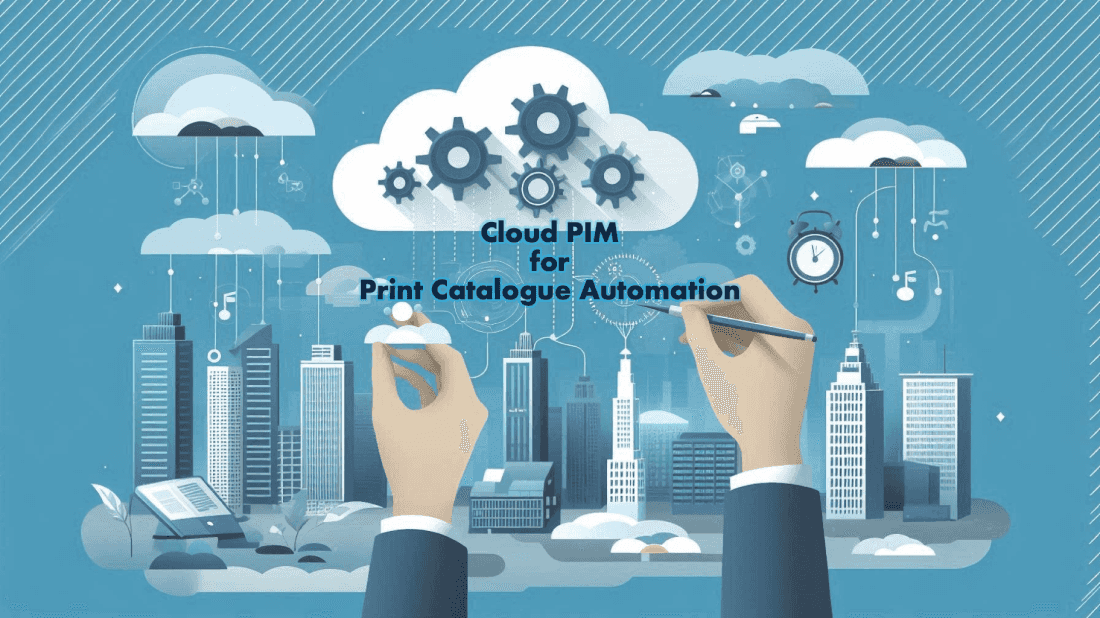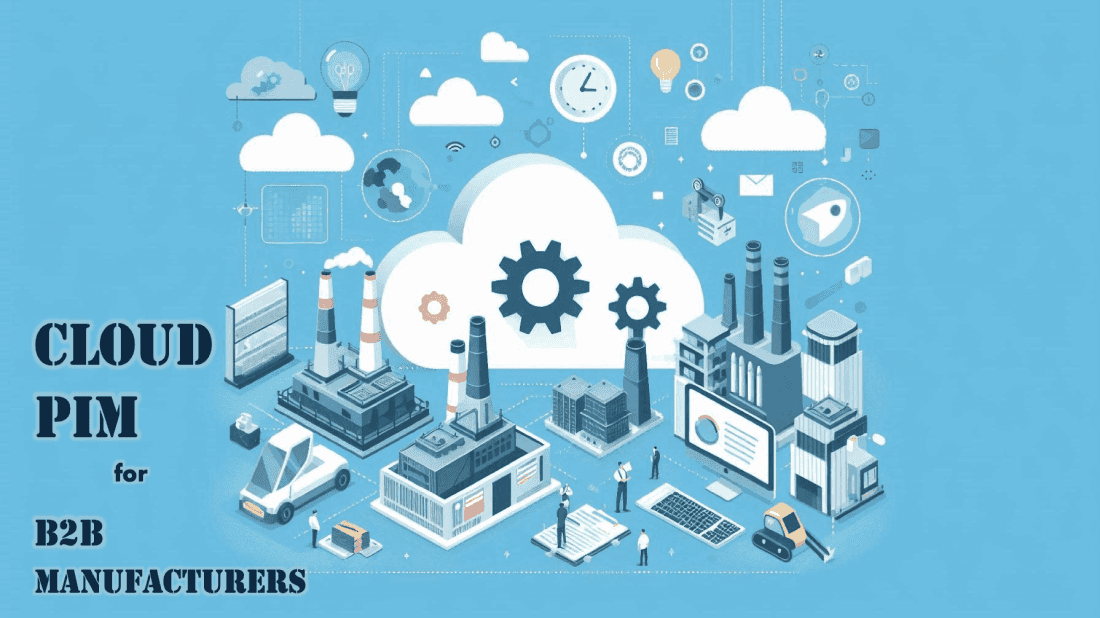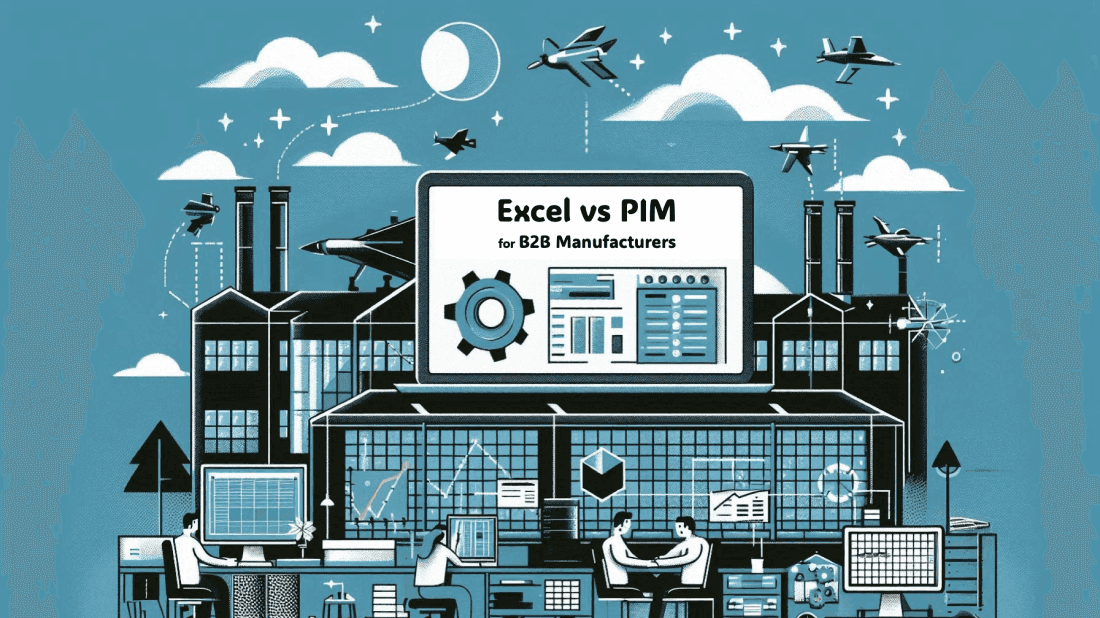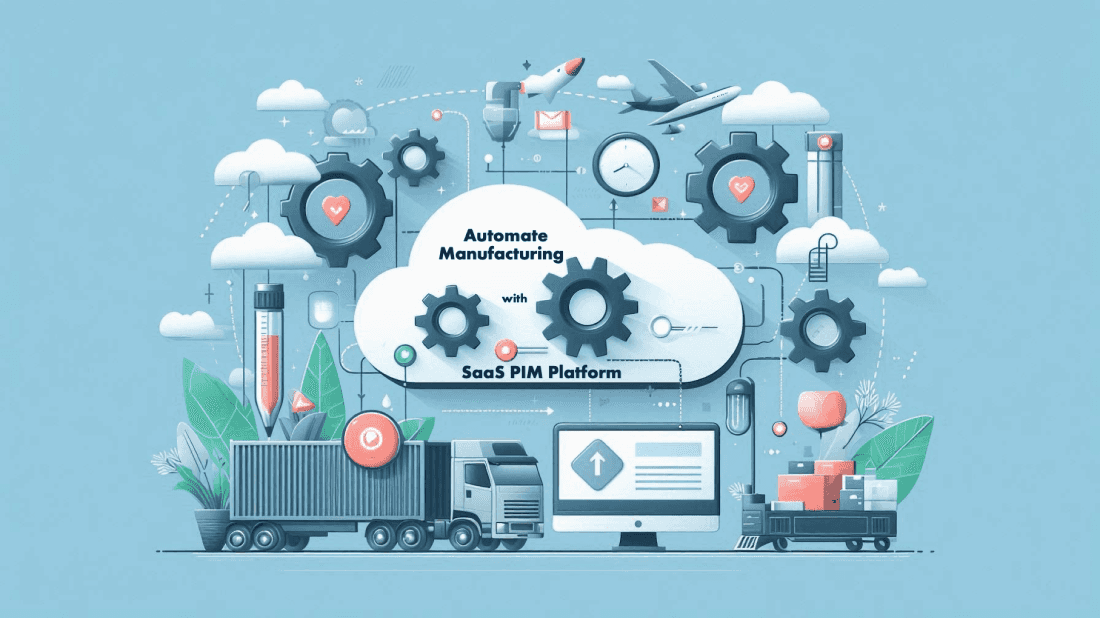Mar 17th, 2024
Mastering Partner Enablement: Strategies, Tools, and Success
Almost 65% of the world's trade happens through one or the other form of channel partnerships.
The largest and most successful global manufacturers recognize and leverage channel partner opportunities for growth. Smaller OEMs have traditionally found it difficult to compete with partner programs of large enterprises.
However, with modern channel enablement tools carving a unique partner vertical for an SME OEM is also easy.
What is Partner Enablement?
Partner Enablement is a strategic approach that empowers business partners to effectively sell, market, and support OEM products or services. Manufacturers can enable their partners with essential resources, knowledge, and tools to represent their brand. The enablement process may involve:
- Training, resources, and tools for product demonstration and selling
- Helpful content such as product overviews, sales scenarios, and providing access to technical support
- Sales and marketing collaterals
Scope of Partner Enablement
- Training and Education: Partners must receive comprehensive training for the products and services of the OEM. The training will help them understand the products and services, find opportunities, and train the customers. For instance, a software company might offer training on threat detection, risk assessment, and product integration.
- Sales Support: Partners gain access to a partner portal with on-demand sales collateral, marketing materials, and technical documentation. This enables them to confidently approach new clients and close more deals.
- Marketing Resources: Partners are equipped with marketing assets, enabling them to effectively promote the brand’s offerings.
- Technical Resources: Access to technical support ensures partners can address client challenges and queries with confidence. Technical aspects also play a critical role in the purchase journey of the consumers. Thus, technical resources form part of both pre- and post-sale workflows.
- Collaboration: OEM and partners can collaborate at multiple levels starting from co-marketing to co-ownership of the accounts. The level of collaboration can target a higher revenue or better customer experience.
Benefits of Partner Enablement
OEMs’ partner enablement strategy can offer several benefits to them in the form of business growth and brand image. Here are the most important benefits of an effective channel partner enablement strategy:
-
Accelerated Growth and Market Expansion
Channel partner programs play a crucial role in scaling sales for manufacturers. Partners help OEMs reach new markets and customer segments. Companies can penetrate the regional, small, and medium-sized business (SMB) market and expand their geographic reach.
-
Enhanced Offering and Customer Problem Solving
Channel partners can help the producers tailor their solutions as per the region’s customers and regulations. Partners can help customers faster in the case of problems. Recognized brands and trusted partners enhance the credibility of the brand’s offerings.
-
Cost Efficiency and Customer Acquisition
Channel partners reduce the cost of acquiring new customers for the producers. Companies can expand into new customer segments and markets via channel partner networks.
-
Increased Revenue Streams
Effective partner enablement leads to increased revenue streams for both manufacturers and their partners. Partners sell more of the OEM’s products or services, contributing to overall growth.
-
Skill Development and Expertise
Partner enablement programs empower partners to acquire new skills and knowledge. Partners improve their expertise and marketability, which benefits both parties.
-
Strong Partnerships Based on Trust
Well-executed enablement fosters strong partnerships between companies and their channel partners. Trust and collaboration are essential for long-term success.
-
Attract More Partners
A good partner enablement program encourages businesses and individuals to partner with the brand. Companies with effective enablement programs can attract more talented and reputable channel partners.
Crafting an Effective Partner Enablement Strategy
Effective partner enablement framework requires you to create a partner enablement as a process. Starting from channel partner onboarding to success, your partner enablement can reward partners for KPIs. At the same time, you can offer them the freedom to choose a career path.
Step 1 - Create a Plan and Set Goals
Identify your partners’ requirements for their success. Evaluate your existing relationships to set a foundation for improvement. Establish performance measures, including:
- Learning KPIs: Track course completions and monthly active learners.
- Business KPIs: Monitor revenue growth and improve retention.
- Content Delivery Methods: Combine text, video, audio, chat rooms, and interactive assessments.
- Ongoing Support Needs: Ensure partners have the necessary support.
- Feedback System: Gather input from partners.
- Training and Enablement Implementation Timeline: Define clear milestones.
Step 2 - Develop Content & Share
Collaborate with the subject matter experts (SMEs), product managers, and marketing teams to start capturing product data into content. Create a content library that addresses partners’ information needs, i.e., technical, troubleshooting, marketing, sales, etc.
Update existing onboarding, sales enablement, or partner content to align with the new collaboration. Ensure the content is relevant, up-to-date, and tailored to partner requirements.
PIM tools like ProductHub can make content generation and sharing an easy and reliable function for OEMs. More details are in the ‘Tools & Technology’ section of this blog.
Step 3 - Training & Certification for Partners
You can simplify your channel partner onboarding process with training and certifications. Train your partners further in product knowledge, sales techniques, and market positioning. Implement a dependable, repeatable training process. Use a mix of training methods, such as webinars, workshops, and self-paced modules.
Regularly assess partner progress, adjust training as needed and issue certificates to recognize their progress. Certificates also provide your consumers with a sense of dependability on the partner.
Step 4 - Track and Gather Feedback from Partners
Collect partner feedback through surveys, interviews, and regular check-ins. Monitor partner performance against established KPIs. Use the insights to refine your partner enablement program and address any gaps or challenges.
Step 5 - Evolve Your Enablement Program
Be agile and adaptive. As the business landscape changes, adjust your partner enablement strategy. Stay informed about industry trends, technological advancements, and partner needs. Regularly update content, training materials, and support resources to keep partners engaged and effective.
Leveraging Tools and Technologies for Partner Enablement
Effective and scalable partner enablement strategies need efficient channel enablement tools for performance. OEMs need content (CMS) and knowledge management systems (LMS) to execute and monitor partner training and support.
Your partners need content with varying depths, from advertising to problem-solving for a client. A combination of product Information management (PIM) and digital asset management (DAM) systems is the best way to provide this content support. PIM and DAM can support your partner enablement software to automate the workflow.
The PIM system creates a central repository for authentic and updated product information. The system can integrate with additional layers of programs to:
- Enrich existing product data with attributes.
- Filter redundant data and complete the missing data.
- Enable cataloging for different regions, use cases, etc.
- Enable configurations of different products.
- Localize and share the product data in different formats.
Similarly, the DAM system creates a single source of truth for the digital assets related to the products. DAM manages, tags, and distributes PDFs, Images, Infographics, blueprints, etc. Thus, a combination of PIM and DAM can provide your partners with everything they need on your products and in the format they can use.
Similarly, PIM integration can assist the learning management system (LMS) in creating relevant study materials. Combined these tools form the bedrock of your partner enablement strategy.
SaaS-based platforms like ProductHub, lead the race when it comes to an integrated system for content management and distribution. OEMs can not only manage their product information using the portal but also add their channel partners to it.
Measuring Partner Enablement Success
Once you have the partner enablement strategy and the supporting tools in place, you can start monitoring the success. OEMs usually track the success of their partner programs under the following KPIs:
Revenue & Margins
Margins are critical for both OEMs and partners. Tracking partner margins and revenue growth helps assess profitability and ensures fair compensation. High margins indicate healthy partnerships and sustainable revenue.
Partner Activity/Engagement
Partner activity and engagement are also an indicator of the success of your channel partner enablement strategy. You can track, partner logins, sales and product content downloads, access to tools, etc. It shows that your marketing, product, and learning content is effective.
Another indicator of partner activity is the number and quality of interactions between partners and channel managers.
Customer Experience (CX)
Some of the large and successful OEMs often focus on customer experience before revenue in their partner enablement program. Lead response time, ticket utilization for technical support, direct customer feedback, etc. are a few methods to track CX.
New Partner Onboarding
Any successful partner program should attract a reasonable number of new partners. This final category of metric you can track through the clickthrough rates of your onboarding e-mails, completion of certificates, etc.
Conclusion
In today’s fast-moving and competitive market, OEM’s partner enablement strategy can create a unique brand value. Engaged, empowered, and motivated partners can grow your business through great customer experience and value-building.
Using tools like ProductHub to manage, enrich, localize, and share your product data helps you fill the information gaps quickly. Neurologik’s ProductHub:
- Automatically collects product data from existing systems and databases
- Validates the data for accuracy and quality
- Identifies gaps in product data and helps enrich the data with attributes, and metatags
- Localizes your catalogs in any language or for any region
- Share updated product data with internal and external teams (channel partners) in real-time
- Integrates seamlessly with internal and external systems using APIs
ProductHub’s automated workflows cut the time spent in creating and updating data by up to 80%. Thus, the marketing and sales teams, including partners, can spend more time on data-driven decisions rather than managing product data.







